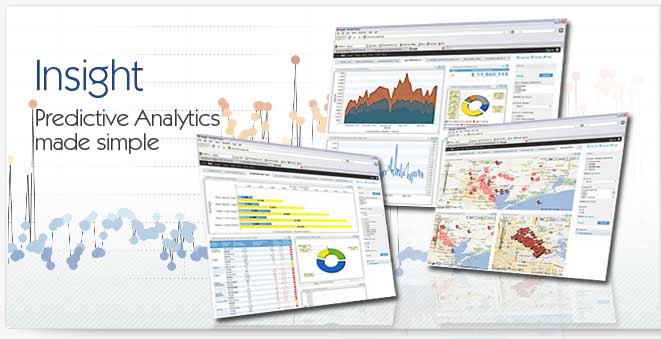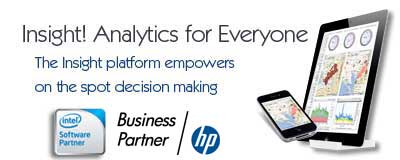Data Mapping
Data mapping identifies the process of moving data from a field in an individual file to another field in a second file. An example of data mapping includes moving the value from a ‘name’ field in a customer data base to a ‘customer name’ field in a sales database. Data mapping is used in data integration where multiple systems, each with different but often related data are being tied together. A classic example of data mapping involves moving data received through EDI to an ERP system. In this example the data mapping is taking translated EDI data and copying the individual elements in specific fields in tables of the ERP system. Through this data mapping the EDI data becomes (for example) a purchase order in the ERP system. Data mapping has proven very useful in reducing costs associated with manual data entry.
Ways of Using Data Mapping
There are a number of ways of using data mapping. At the most basic level, data mapping can be performed through creating custom applications that move data between systems. The problem with this form of data mapping is that it creates a fixed link between systems. Because of this link, any change to the source or target system would require changes to the data mapping program. More modern data mapping techniques involve the use of purpose specific applications that are designed for data mapping. This type of application allows for the data mapping to be performed graphically through a process of dragging a source element and dropping it onto its target element in the secondary file. This new form of data mapping has proven easier to perform and to maintain, making data mapping a business that by some accounts is growing by as much as 30% per year.
Data Mapping Techniques
Transformation logic is one of the earliest techniques used in data mapping and involves creating applications that are responsible for data mapping. A new technique known as data driven data mapping evaluates the data values in two different data sources simultaneously. This type of data mapping is popular because of its ability to identify exceptions that could not generally be discovered through data mapping performed using transformation logic.
Semantic data mapping is similar to the auto-connect features used in graphical data mapping. Semantic data mapping uses a metadata registry to inquire about different data element synonyms. This form of data mapping will only find exact matches between two columns of data.
The Value of Data Mapping
These two advantages of data mapping are critical in understanding the rapid growth of the data mapping market. As companies have employed data mapping and realized the savings from it, demand for data mapping applications has grown greatly. Through data mapping, companies of all sizes can recognize significant financial benefits.
Data Mapping Streamlined
Those that do data mapping usually have their preferred way to go about it. Some people like one type of data mapping better than others, and other professionals will tell you that the method of data mapping that they choose truly depends on the type of document and document language that they are dealing with. Having experience in all data mapping varieties is a great asset as it will allow the data mapping specialist to call on all of their data mapping experience to make each data mapping experience as streamlined as possible.
|



